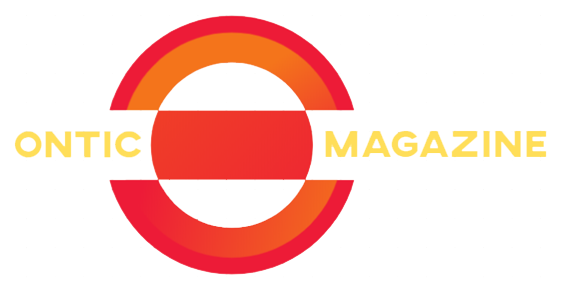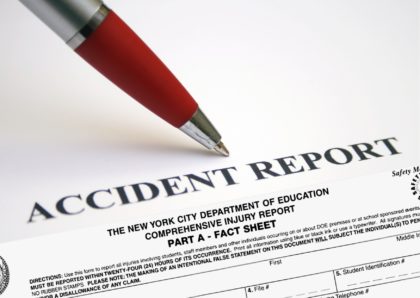Unfortunately, many companies, particularly those in manufacturing, have trouble maintaining their inventory. Managing the huge quantity of parts and raw materials needed in production has grown more difficult as corporations produce more goods abroad. Furthermore, these manufacturing products usually need many business divisions or locations. You may need to ship an item you order from one end to the other as a result.
Here is where artificial intelligence-based inventory software for restaurants may be used to automate and streamline inventory management processes to provide information and solutions in real-time. AI and machine learning identify historical trends by examining enormous databases to predict future demand precisely.
There has never been a better time to make money from integration because AI is now more commonly used and less expensive for small and large businesses.
Why Is Inventory Planning Essential for Restaurants?
Cost control: Inventory planning helps restaurants keep track of the food and supplies they have on hand, so they can avoid over-ordering and wasting ingredients. By tracking inventory levels, restaurants can make better decisions about when to reorder supplies, how much to order, and what items to prioritize.
Efficiency: Inventory planning helps restaurants manage their supplies and ingredients more efficiently, reducing the risk of running out of essential items or having too much of items that are not frequently used. This can help restaurants avoid unnecessary downtime and delays in food preparation, resulting in a smoother and more efficient operation.
Menu planning: By understanding the inventory levels of different ingredients, restaurants can plan their menus more effectively. They can use this information to create menus that feature dishes with ingredients that are readily available, avoiding the need for last-minute substitutions or compromises in quality.
Financial planning: Effective inventory planning helps restaurants manage their finances by reducing waste, managing costs, and optimizing profits. By keeping a close eye on inventory levels, restaurants can avoid unexpected expenses and maintain a better cash flow.
In summary, inventory planning is essential for restaurants because it helps them manage costs, improve efficiency, plan menus more effectively, and optimize their financial performance.
How Can Artificial Intelligence Optimize Inventory Planning?
Demand Sensing at the Outlet or Menu Level
A crucial skill that QSRs must develop is the capacity to sense demand at the menu item level for each restaurant/commissary and convert it to the raw material levels. This will lessen the likelihood of stockouts by assisting in precise inventory planning throughout the supply chain. Additionally, the demand for new dishes will be determined with the help of this level of detail. With internal and external demand factors like promotions, day-of-the-week effects, holidays, seasonality, and waste among others, inventory planning tools can assist QSRs in predicting daily demand for their perishables.
Dynamic Safety Stocks
Every item in an organization’s inventory has a predetermined quantity, establishing a minimum requirement for completing walk-in sales, online transactions, and other channels. Using generalized information is insufficient due to increased consumer demand and various sales channels; stock levels should change dynamically to satisfy changing demand. Businesses can avoid situations of overstocking and understocking by using AI to decide what quantities to stock for each unit.
Impact of Promotions on Demand
The machine learning algorithm used in inventory software for restaurants gathers information about past promotions and incorporates it into demand estimates. It is the perfect platform for demand planning for QSRs because it also aids in identifying the crossover influence of promotions on one menu item or category to other related menu items or categories and creates a visual correlation between the impact of promotions and demand.
Automated Purchase Planning at the Level of Raw Ingredients
The entire QSR purchase planning process ought to be automated. With just two clicks, inventory planning software helps to create purchase plans with real-time demand and inventory fluctuations adjusted for shelf life, the number of days of inventory to buy, inventory aging, supplier MOQ, supplier fill rates, and supplier lead times.
Replenishment Planning at Raw Ingredient Level
As QSRs must restock across various restaurants/commissaries with various menu items, automating replenishment planning should be a top concern to maximize income with high availability or reduce waste. Automating replenishment planning would undoubtedly aid in the fight against lost stock and food wastage. With real-time demand and inventory changes adjusted for ingredient shelf life, store storage/freezer capacity, truckload optimizations, and UOM batching, inventory planning software can produce daily replenishment plans in just two clicks.
Automated Alerts When the Reorder Point is Reached
QSRs implement an inventory planning system that will automatically alert demand planners about any impending out-of-stock situations at any of the outlets and should suggest the number of days’ worth of stock remaining, the amount of stock needed, and the value of out-of-stock losses. With the help of this technology, it will be possible to take early action and completely eliminate out-of-stock losses.
With dedicated dashboards, inventory planning systems allow demand planners to anticipate and reduce the risk of out-of-stock loss and food waste so that you may always please your consumers with the freshest items.
Supplier Administration
AI-powered inventory planning solutions can help businesses manage their suppliers and select the ones that offer goods at competitive prices and with short lead times. In order to meet consumer demand, businesses must rapidly fill replenishment requests. Knowing which suppliers are trustworthy can help organizations cut costs and improve productivity.
Chatbots improve customer service
Businesses can keep track of their inventory, follow orders, and get updates with the help of AI chatbots. With chatbots, you can accomplish much more than just instant chatting, including helping to provide top-notch customer service. By providing prompt responses and raising retention rates, the customer service efficiency brought about by AI improves the customer experience. Chatbots can assist with order processing, billing, processing delivery requests, tracking orders, and answering customer questions.
Predicting demand with accuracy
As firms produce vast amounts of data, manual demand forecasting can no longer produce accurate results. Artificial intelligence (AI)-based inventory planning systems can identify demand patterns and use this data to produce accurate forecasts and streamline warehouse replenishment procedures. These inventory planning systems also allow you to receive immediate projections based on current data. Both internal and external sources, like internet comments, demographics, reviews, weather, etc., can be considered. Artificial intelligence (AI) software can reduce supply chain failures by 30–40%. This level of accuracy aids in reducing lost sales as a result of problems like shifting consumer demand and inaccurate stock counts.
Predictive analytics reduces downtime
Predictive analytics helps decision-makers use intelligent data to make informed judgments. Organizations can spot disparities and failure trends, learn from their previous mistakes, and forecast future failures. Because the anticipated issues can be resolved even before they materialize, there will be minimal downtime.
About Fountain9Fountain9 helps retail companies effectively plan their inventory to meet customer demand at the appropriate moment. Their artificial intelligence (AI)-powered Kronoscope inventory planning system can precisely forecast demand for each SKU item and identify the quantities that should be stocked to fulfill demand successfully. Businesses can meet customer expectations and generate more significant money with the help of this software.








